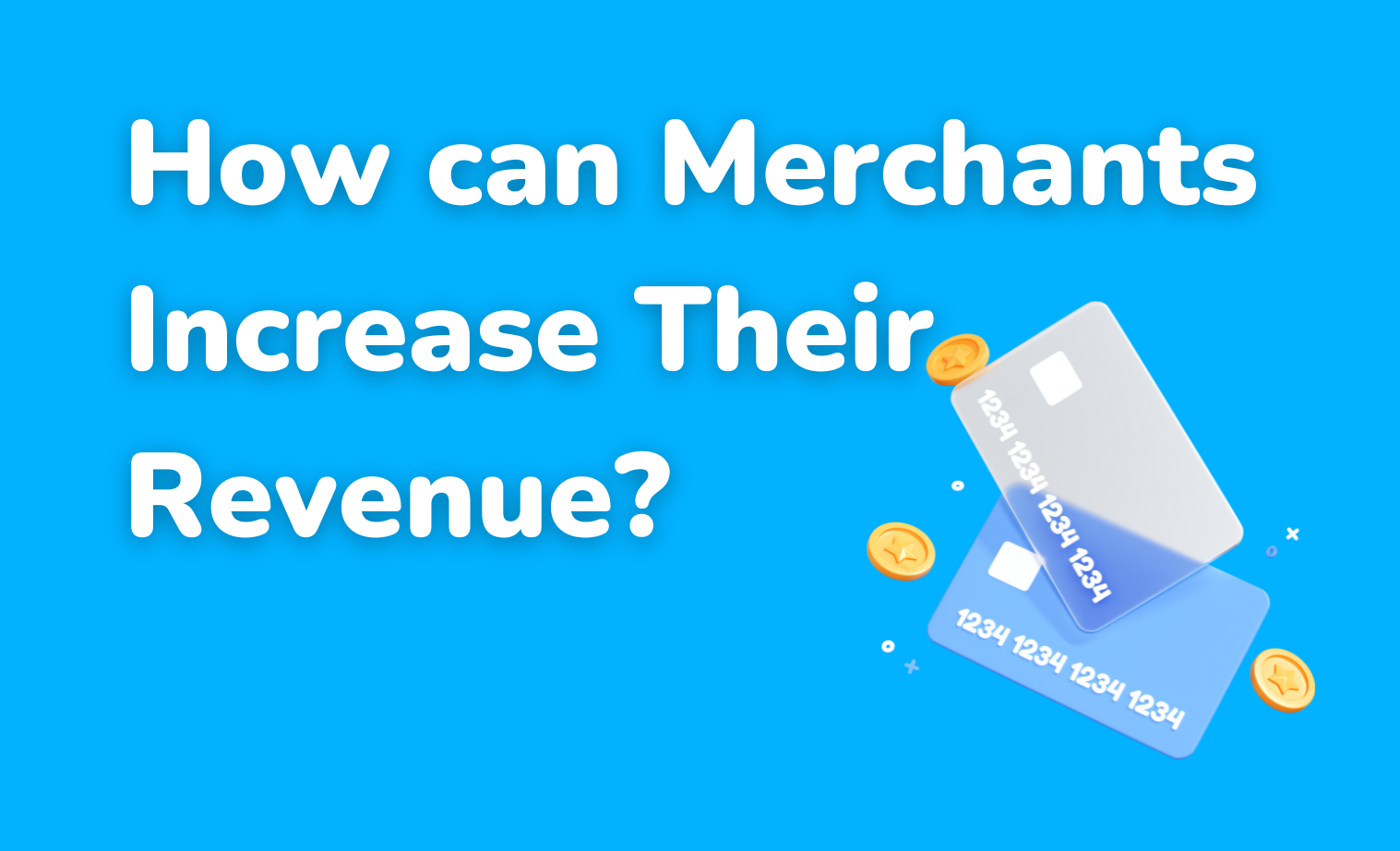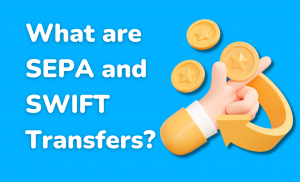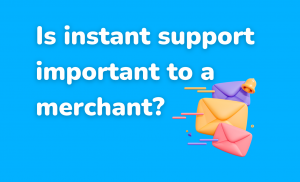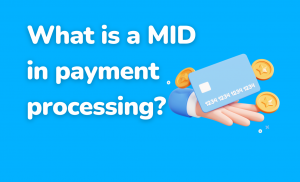How can Merchants Increase Their Revenue?
Competition is everywhere these days, and with payment processing for high-risk businesses becoming harder than ever, what can they do to increase their revenue?
Depending on what type of business or industry you are in, you might have a very different experience when it comes to payment processing. Businesses such as eCommerce websites tend to have an easier time in obtaining solid payment services, whereas high-risk businesses such as Forex or Online Gaming usually suffer heavily when it comes to getting the right payment methods.
Let’s discuss how businesses that are classified as high-risk can get the right payment methods and also increase their revenue by ensuring that they are not charged above the fair rates for processing payments.
Now, we need to look at certain factors. What makes a business “high-risk”? The main factor is the business model. Does the business have a high chance of chargebacks, meaning that customers purchasing from their website will request their money back? This is a main concern for banks and acquirers as it can negatively affect their security and stability as ultimately, they will need to investigate the transaction. Obviously, this simple fact means that there is a “risk-reward” requirement for acquirers to consider and this usually comes hand-in-hand with higher fees. In general, most high-risk businesses such as Forex with regulations and licenses in offshore jurisdictions such as Mauritius or Seychelles should expect to pay around 5.5% – 6.5%, and this is where we can discuss how merchants can work to lower their MDR rates and get their revenue to increase.
As mentioned, banks and acquirers will look at risk levels when ascertaining which MDR rate to offer a merchant. With this, merchants should look at ways to decrease the risk exposure to banks who accept them as a merchant. Let’s break it down…
- Online presence. A merchant should do their very best to ensure that they have a safe, solid, and stable online presence and this includes making sure that they have positive reviews on review sites such as TrustPilot etc. This is a very easy way for acquirers to see if the merchant will have many chargebacks and cause issues for the bank. If the merchant has a great online presence, comes across as respectable, and ultimately shows that they are a legitimate business offering great services then an acquirer will review them at a lower MDR.
- Licensing and regulation. Whilst the European Union has a more “respected” regulatory environment, some offshore jurisdictions are considered as having a stronger regulatory body than others. For example, a Forex brokerage incorporated and licensed in Belize could be considered as more stable and well funded due to the heavy capital requirement imposed by the regulator to obtain the license. Secondly, jurisdictions that are “less known” than others can cause acquirers to decline to provide merchant accounts due to fear of a soft regulatory body, meaning it is more likely for a Forex brokerage to commit illegal activity.
- Target market. A big issue for high-risk businesses is obtaining payment processing services in certain markets due to regulations required for such services. For example, to offer Forex brokerage services in the USA a merchant is required to have specific licenses. The same goes for Forex Brokerages wanting to offer services in the UK, Germany, or any other EU country. If a merchant approaches an acquirer for such markets without having the necessary licenses, there is a high chance of them being declined or even if they are accepted, they will be charged an MDR that is in line with the risk-reward acceptance of the acquirer.
So, keep all of these points in mind when it comes to wanting to increase your revenue. If you have a strong business model and plan in place, it is sometimes a good idea to use an initial investment to obtain the necessary licenses in order to show your project as a lower risk to the acquiring banks, as long term having a lower MDR will provide a much larger revenue increase. Another way is to remove the requirement for card processing and simply look for local payment methods or alternative payment methods (APMs). These usually are lower in processing costs and are available to high-risk businesses much easier. For example, BrightCart provides card processing with VISA and MasterCard at rates between 5.5% to 6.5%, but local payment methods are as low as 2.6% and the target market is the same. If you want to know more about this, you can simply contact us using the contact us form and we will help you out.




